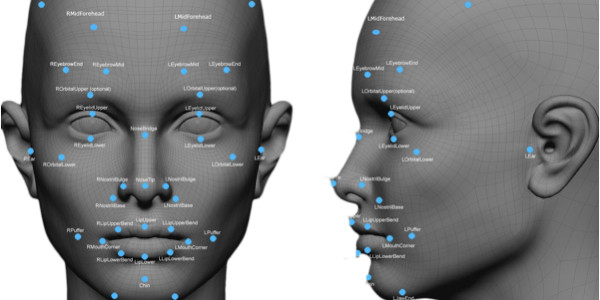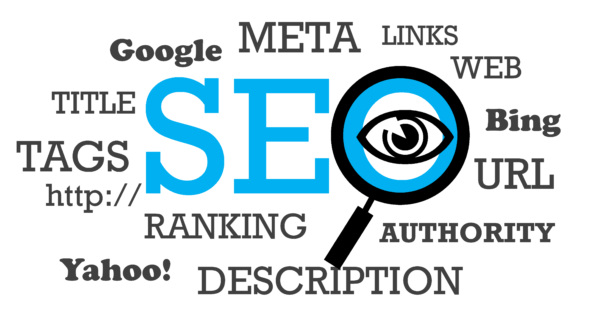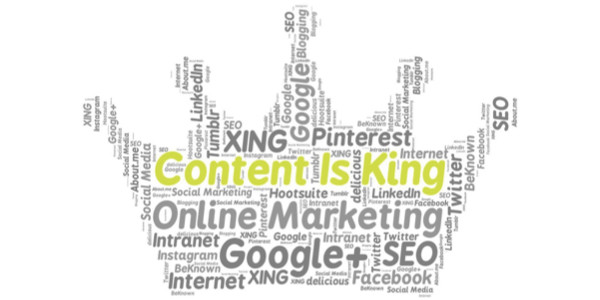
Could Your Face Replace Pay-Per-Click?
We live in an age of metrics, where data has become king and marketing is becoming increasingly targeted. Gone are the days of “spray and pray marketing.” Now we are able to measure all manner of analytics, from rankings and interactions to click-through rate and conversions.
But what might the future hold as far as analytics? Recently there was a TED Talk that piqued our interest that in theory might one day change how our marketing and technology interacts with us.
Rana el Kaliouby is a computer scientist that is hoping to change the way we interact with technology. In her TED Talk, she introduces the software that she and her team have been working on that allows for software to recognize various human emotions.
The spark notes version of this technology is that by analyzing millions of data points, the software is beginning to be able to recognize different emotions and the nuances therein. The hope is that technology will be able to interact with you based on your moods, like changing colors to elicit a calming effect if your face indicates that you are agitated.
What is interesting to us is how this might be used in marketing.
Imagine that you are currently working on a commercial campaign with a humorous slant for some large brand. What if you could actually track the percentage of viewers that positively reacted to the advertisement via something that registered as a smile, smirk or actual laughter?
Or on the opposite spectrum, a life insurance ad that successfully plucked at the heartstrings of your target market. The opportunity to collect further data on the emotional effectiveness of ads is astounding!
In essence, we might one day move away from paying per click as advertisers to paying per smile or whatever emotion we are attempting to elicit. This might lead to a need for better actors in commercials or even more emotive copy writing in order to hone in on this new type of advertising.
There is a somewhat dark side to the idea of this future in that it does open the gateway to emotionally reactive ads. If you are feeling X, then you are advertised Y. In some sense, this might be good, yet there will always be unscrupulous types that will prey upon emotions.
It may still be a few years before ads become completely tailored to individuals in the tactile world like in Minority Report but the future of advertising and marketing appears to be moving in that direction and will be rapidly here in the digital world.







